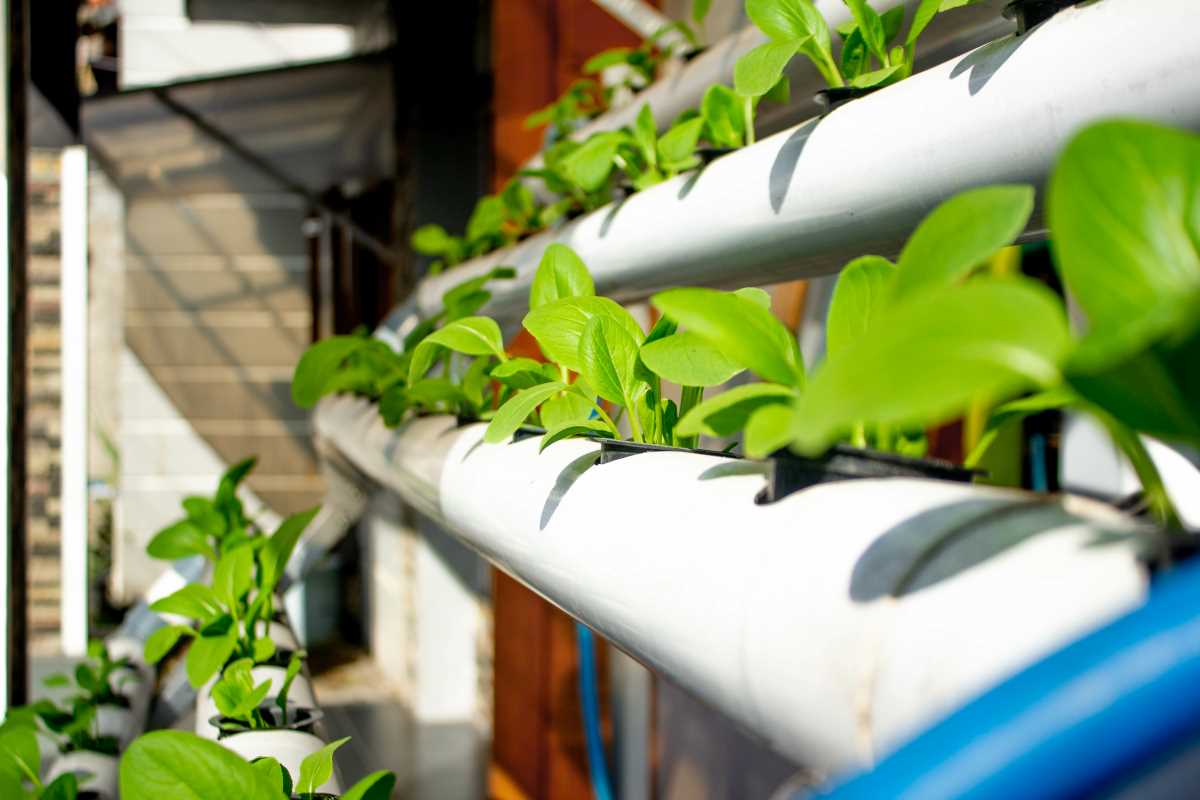Urban rooftop gardens transform cityscapes, offering a green escape amidst the concrete jungle. One of the keys to creating a successful rooftop garden is understanding and leveraging microclimates. By mastering microclimates, you can cultivate a vibrant garden that thrives even in the heart of the city.
Understanding Microclimates on Rooftops
Microclimates refer to the unique climate conditions in a small area that differ from the surrounding region. These microclimates can vary significantly on urban rooftops due to factors like sun exposure, wind patterns, and the materials used in the building’s construction. Understanding these variations is crucial for selecting the right plants and designing a garden that can withstand the specific conditions of your rooftop.
For instance, some rooftop areas may receive full sunlight all day, creating a hot and dry microclimate, while shaded corners might retain moisture and coolness. Rooftops can experience strong winds, which can dry out plants faster or even damage them if they’re not adequately sheltered. By mapping out these microclimates, gardeners can strategically place plants where they’ll thrive best.
Choosing the Right Plants
Selecting plants well-suited to your rooftop's specific microclimates is essential for a thriving garden. Here are some plant suggestions tailored to different rooftop conditions:
- Sunny and Dry Areas: Sedum, Lavender, Rosemary, Cacti
- Shaded and Moist Areas: Hostas, Ferns, Impatiens, Begonias
- Windy Zones: Ornamental Grasses, Boxwood, Pansies, Heuchera
- Cold Spots: Winter Jasmine, Hellebores, Cyclamen, Snowdrops
Choosing a mix of these plants can create a diverse and resilient rooftop garden. Remember to consider the maintenance requirements and growth habits of each plant to ensure they complement each other and the overall design of your garden.
Managing Water and Soil
Adequate water and soil management are critical for the success of any rooftop garden. Given the exposed environment, rooftops can experience rapid water runoff and temperature fluctuations, affecting plant health.
To manage water effectively, consider installing a comprehensive irrigation system, such as drip irrigation, which delivers water directly to the plant roots and reduces evaporation. Additionally, incorporating water-holding materials like hydrogel can help retain moisture in the soil, ensuring plants receive consistent hydration even during dry spells.
Soil quality is another vital factor. Use lightweight, well-draining soil mixes explicitly designed for container gardens to prevent waterlogging and reduce the overall weight on the rooftop structure. Regularly amend the soil with organic matter, such as compost, to improve fertility and structure, promoting healthy plant growth.
Designing Your Rooftop Garden
A well-designed rooftop garden maximizes space, enhances aesthetics, and ensures functionality. Here are some innovative design ideas to consider:
- Vertical Gardening: Utilize vertical space by installing trellises, hanging planters, or green walls. This approach saves space, adds visual interest, and can help regulate temperature by providing shade.
- Modular Planting Systems: Use interchangeable plant modules or raised beds that can be easily moved and rearranged. This flexibility allows you to adapt the garden layout and simplify maintenance.
- Integrated Seating and Pathways: Incorporate seating areas and pathways into your garden design to create inviting spaces for relaxation and enjoyment. Materials like decking or paving stones can add both functionality and style.
- Smart Lighting: Install solar-powered or LED lighting to highlight key features of your garden and extend its usability into the evening. Smart lighting can create ambiance and improve safety without increasing your energy bills.
- Rainwater Harvesting: Design your garden to collect and reuse rainwater, reducing water waste and providing a sustainable source of hydration for your plants.
By integrating these design elements, you can create a rooftop garden that is not only beautiful but also practical and sustainable.
Overcoming Common Challenges
Urban rooftop gardening comes with its own challenges, but with the right strategies, these obstacles can be effectively managed. One common issue is limited space. Maximizing vertical space and using compact plant varieties can help you maximize your rooftop area. Another challenge is harsh weather conditions, such as strong winds and extreme temperatures. Installing windbreaks, using durable plant containers, and selecting resilient plant species can mitigate these effects.
Pest control is also a concern in rooftop gardens. Implementing natural pest management techniques, such as introducing beneficial insects or using organic pesticides, can keep pest populations in check without harming the environment. Proper soil health through regular fertilization and composting can prevent plant diseases and promote robust growth.
Lastly, access to water can be a limiting factor. Ensuring a reliable water source through rainwater harvesting or connecting to the building’s water supply can address this issue. Regular maintenance and monitoring are essential to ensure your rooftop garden remains healthy and vibrant throughout the seasons.
Building an urban rooftop garden can be a rewarding experience, offering a green sanctuary and contributing to the overall sustainability of your city.
 (Image via
(Image via




.jpeg)
